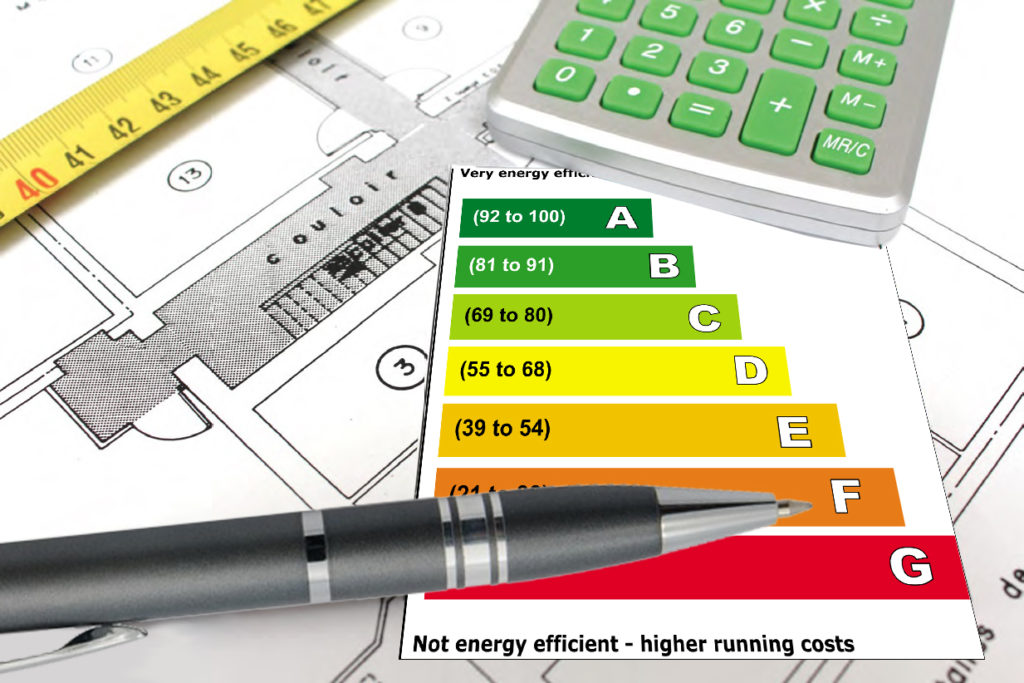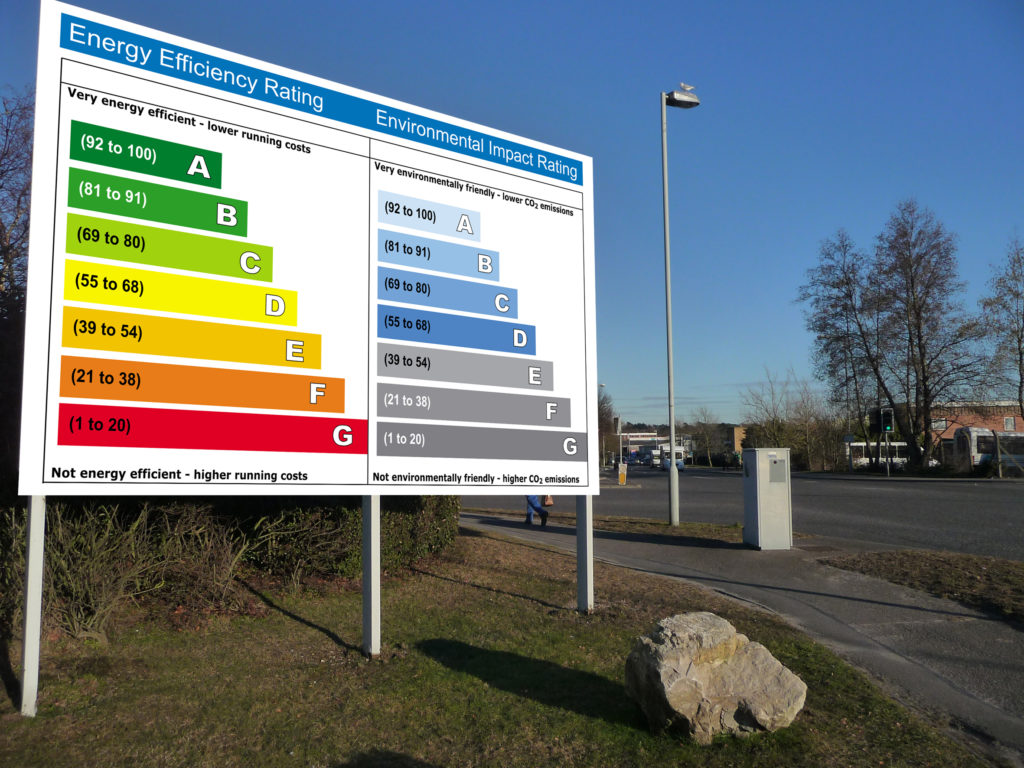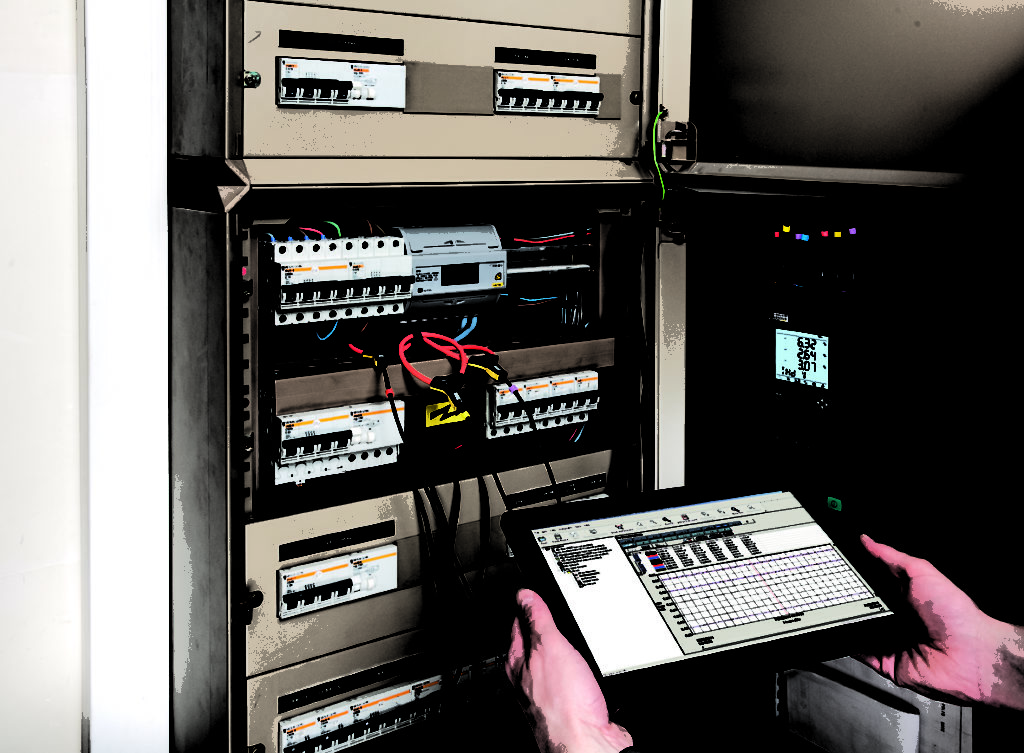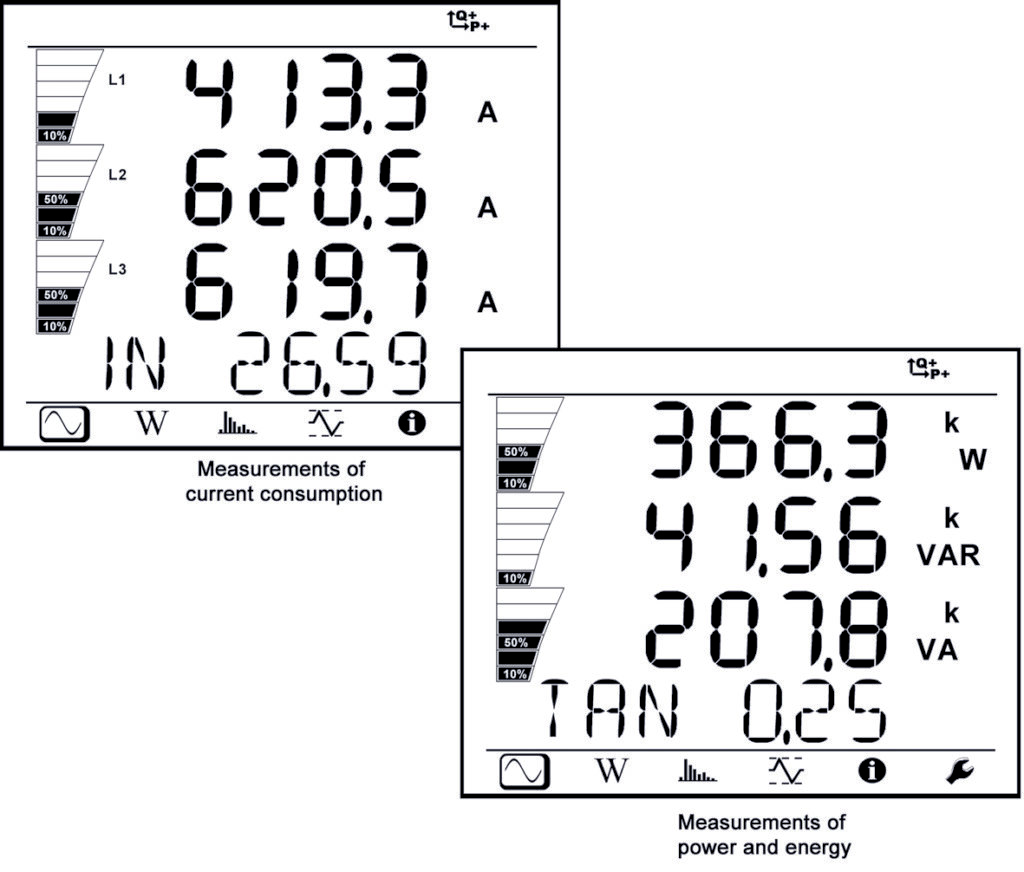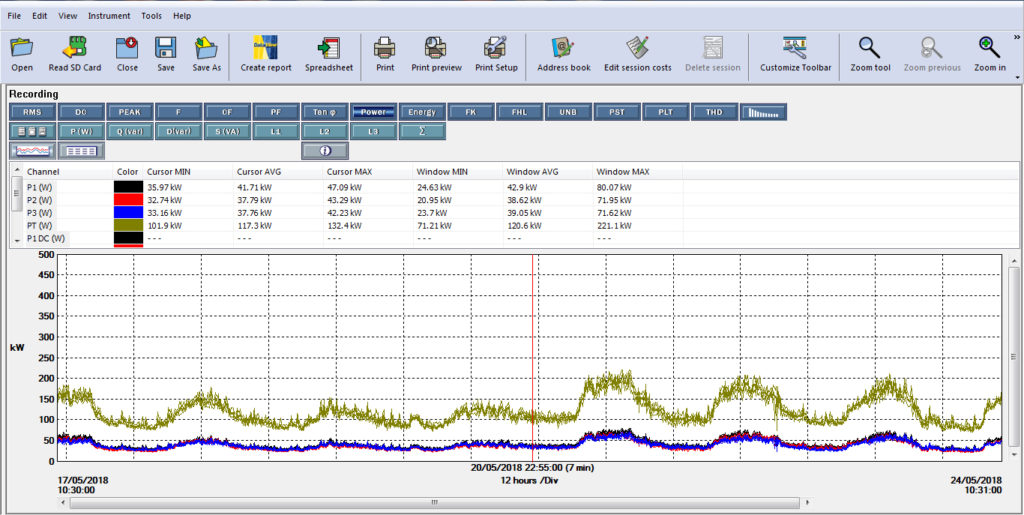The continuous rise in electricity prices in recent years illustrates a significant, widespread trend: higher energy prices in Europe are placing a growing burden on the budgets of European industrial companies. Several studies have clearly shown the recent and foreseeable upward trend of companies’ electricity bills, and so there has never been a better time to look at methods for dealing with this situation.
A recent survey of European companies’ energy costs has shown that, although they benefited from relatively stable energy prices throughout the 1990s, recent years, and particularly the last decade or so, have seen a change in this situation. Worldwide demand for oil, the main fossil energy source consumed, has risen steadily, and at the same time political instability in several oil-producing countries has caused the base price of fossil fuels to rise. This price rise has increased energy bills for industry, and therefore business in general, as well as consumers. Rising energy costs are now directly affecting the prices of manufactured goods, as industrial companies are rarely able to absorb them, and even then, only partially.
